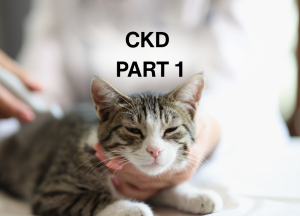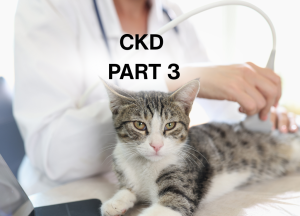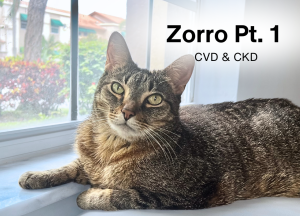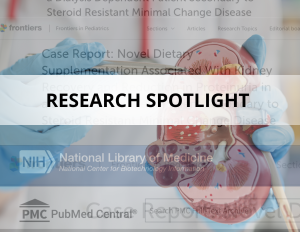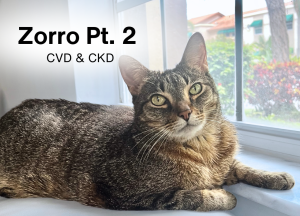Introduction Discovering that your beloved cat has been diagnosed with...
Read MoreCKD
Understanding and Managing Feline Chronic Kidney Disease
(focus is on felines, but this also applies to canines)
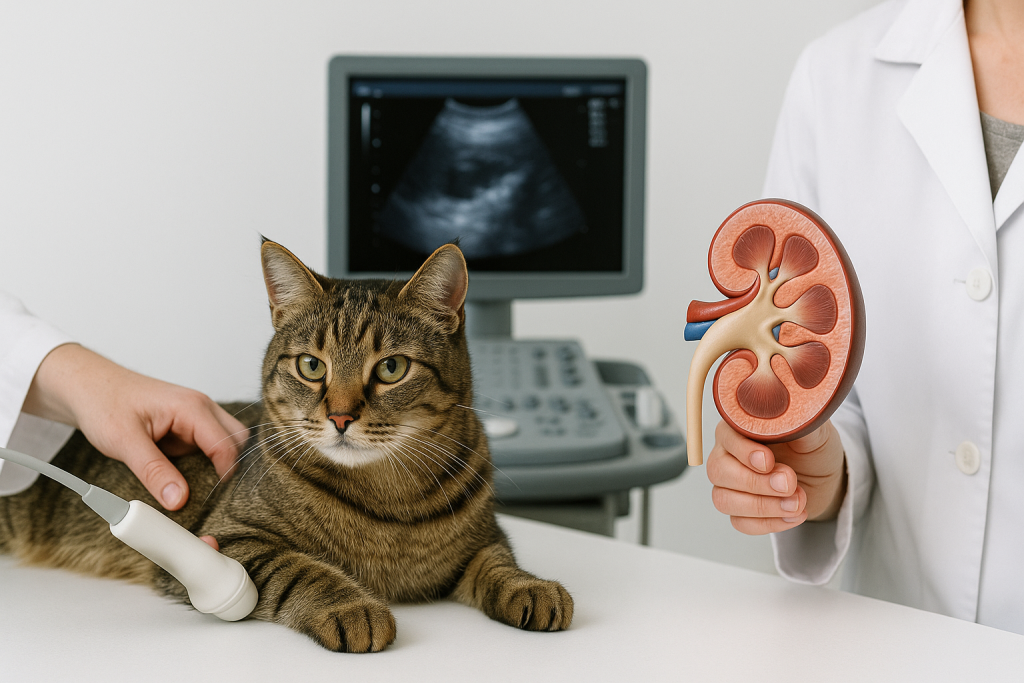
A CKD diagnosis can feel overwhelming, but it does not have to mean the end. With early intervention, hydration, and science-backed care, cats with CKD can live longer, healthier lives. This page introduces our 3-part series designed to guide cat parents through every step of the CKD journey. From understanding the difference between CKD and AKI to exploring life-changing tips like hydration and nutrition, we are here to help.
Read the articles below to learn more and start supporting your cat today.
Part II: Inorganic Phosphorus as a Cause and Aggravator of Feline Kidney Disease
Introduction Chronic kidney disease (CKD) is a prevalent, progressive condition...
Read MorePart III: Understanding and Managing Proteinuria in Feline Chronic Kidney Disease
Introduction In this third installment, we explore proteinuria, a critical...
Read MoreZorro’s Case Study: Nutraceutical Support for Acute Kidney Injury in a Feline Cardiac Patient
Part I: Initial Presentation and Bloom Intervention Initial Presentation This...
Read MoreNutritional Support for Kidney Health and Proteinuria with Hydro Life and Revita Life
Research Spotlight: Nutritional Support for Kidney Health Featuring Case Report:...
Read MoreZorro’s Case Study: Follow-up on Nutraceutical Support for Acute Kidney Injury in a Feline Cardiac Patient
Part II: Full Recovery, Cardiovascular Normalization and Prevention From Crisis...
Read MoreA Comprehensive Guide for Cat Parents Facing a New Diagnosis
A chronic kidney disease (CKD) diagnosis can feel devastating for cat parents. But there is hope. With proactive management and a holistic understanding of CKD, including hydration, you can help your cat live a longer, healthier life. This article is the first in a three-part science-backed series for cat parents facing a CKD diagnosis.
What Is Feline CKD and How Is It Different From AKI?
CKD is a gradual, irreversible decline in kidney function. AKI is a sudden, often reversible kidney injury. Understanding the distinction is crucial for early intervention.
How Common Is CKD in Cats?
CKD affects up to 40% of cats over 10 years old and 80% over 15. Certain breeds and health factors increase risk.
CKD Staging and What It Means
CKD is staged using IRIS guidelines, from Stage 1 (early) to Stage 4 (end stage). Early detection through SDMA testing improves outcomes.
Why Early Diagnosis Is Essential
Symptoms often appear late. Regular bloodwork and urinalysis are vital, especially in cats over 7 years old.
The Hidden Danger: Excess Phosphorus
New research shows that high phosphorus diets, especially those containing phosphate salts, can trigger or worsen CKD.
Traditional Renal Diets: Help or Hype?
Prescription diets lower phosphorus but may be unpalatable or unnecessary in early stages. Proper hydration is often overlooked.
Hydration: The Most Overlooked Treatment
Cats with CKD cannot concentrate urine. Dehydration worsens toxin buildup. Hydration is essential to slow progression.
A Smarter Solution: Revitalize Hydration
Revitalize Hydration provides balanced electrolytes, taurine, MSM, and pH support to boost hydration, kidney function, and overall health; Counters excess phosphorus and calcium in the arteries and kidneys.
What You Can Do Today (For CKD and AKI)
- Start Revitalize Hydration immediately. This should become your cat’s water source 24/7. This will help hydrate and and aid in flushing the kidneys.
- Start Revitalize Health & Immunity (oral capsules) immediately. This supplement provides antioxidants to support the immune system and nutrients to nourish the vascular system. thes two systems are critical to proper kidney function.
- Consult your veterinarian and schedule ongoing checkups. Monitor bloodwork, urinalysis, blood pressure, and hydration.
- Switch to a healthier diet. Avoid phosphate salts, choose pet foods with natural preservatives like tocopherols, and focus on quality animal protein and moisture content.
- Monitor your cat’s health. Track appetite, weight, hydration signs, and behavior changes daily.
- Make water appealing and always available. Use fountains, multiple bowls, ice cubes, and Revitalize Hydration.
- Explore CKD communities and trusted resources. Visit Tanya’s CKD Guide and the Bloom Bioscience research section for more support.
Conclusion
CKD is not a death sentence. With early intervention, hydration, and smart nutrition, your cat can enjoy a longer, healthier life.
Learn About Bloom Products!
Revitalize Health & Immunity: A Unique Formulation to Combat Oxidative Stress and Support Pet’s Health
Aging is a process characterized by progressive loss of tissue and...
Read MoreRevitalize Hydration: Maintaining electrolytes balance through hydration
Optimal health starts with a good fluid balance. Poor fluid...
Read MoreRevitalize GI: Protecting the GI tract and improving nutrient absorption
The digestive system comprises of the gastrointestinal tract and the...
Read MoreHemo-Life for Pets: Boosting Vascular Health and Vitality in Cats and Dogs
Hemo-Life (and Hemo-Cats) by Bloom Bioscience is a specialized pet...
Read More